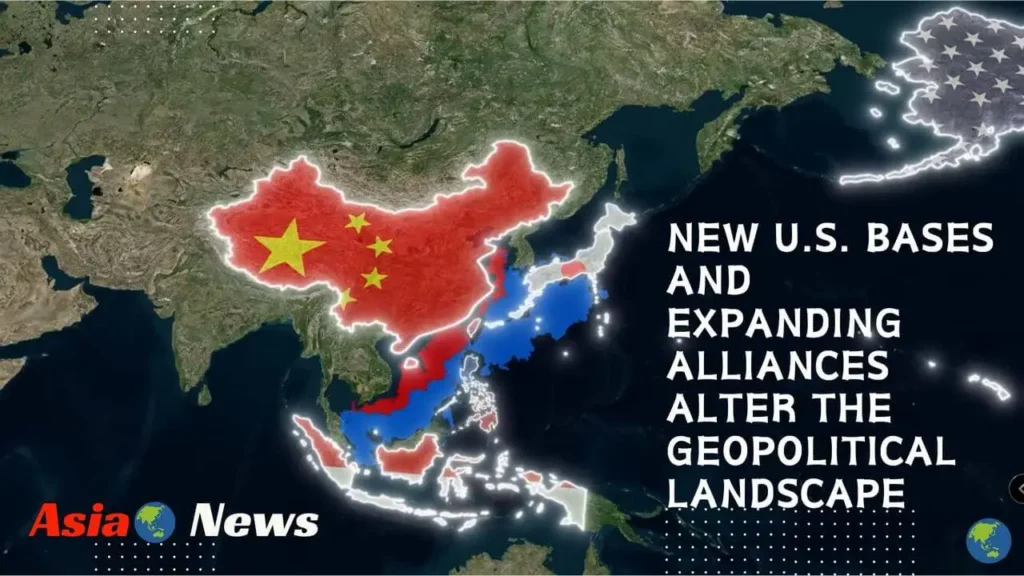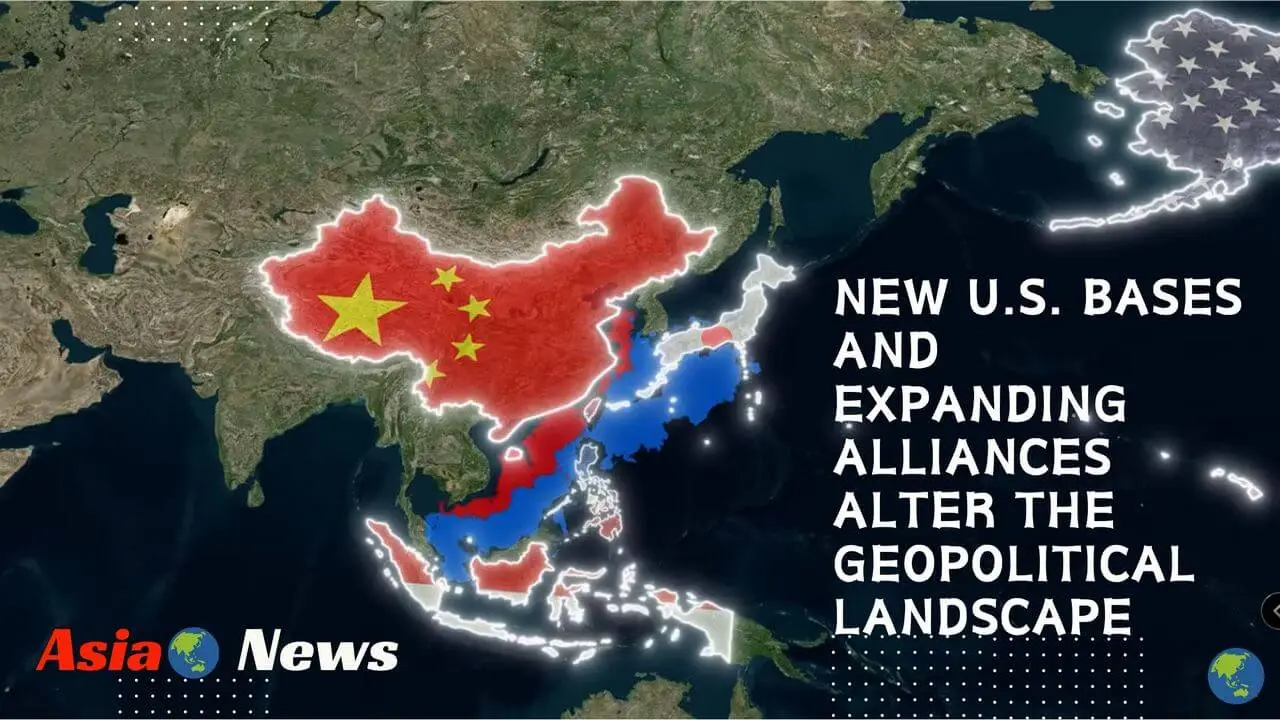Last updated on November 9th, 2023 at 04:59 pm
Taiwan-China conflict: In 2023, Taiwan has become the epicenter of a geopolitical storm with global implications, as China’s aspirations to reclaim the island nation continue to dominate international headlines. While the world watches the intricate chess game playing out in the Indo-Pacific, there is one player whose role has been underestimated, yet it may prove pivotal in thwarting Beijing’s grandest foreign policy ambition – the Philippines.
Taiwan’s Strategic Significance
Located just 110 miles off the coast of mainland China, Taiwan is no ordinary island. It has emerged as the most strategically important piece of real estate on Earth, deeply entangled in historical grievances and modern-day geopolitics. Since 1949, the Chinese Communist Party has considered Taiwan a renegade province, a relic of a long civil war and a painful century of humiliation when foreign powers repeatedly invaded, occupied, and partitioned China.
For Chinese President Xi Jinping, reunifying Taiwan with the mainland has become one of his administration’s foremost objectives, aiming to complete this mission by 2049, the centennial of the Chinese Communist Party’s rise to power. However, there are numerous challenges to this ambition, one of which is seldom discussed – the Philippines.
The Philippines’ Key Role in Taiwan-China conflict
The Philippines has emerged as a central player in the ever-evolving Taiwan-China conflict. This newfound importance is a natural consequence of the escalating diplomatic and military rivalry between Manila and Beijing over the past decade. The South China Sea has been a focal point of contention, with disputes over Scarborough Shoal, Mischief Reef, and the Spratly Islands escalating tension.

In 2016, an international tribunal ruled against China, declaring that its territorial claims in the South China Sea had no legal basis. China, however, disregarded the ruling and continued to occupy and fortify these disputed territories, further straining its relationship with the Philippines.
Despite the Philippines’ relatively modest military capabilities, the nation’s strategic geographic location has made it an increasingly significant ally for the United States. The Philippines’ Northern Luzon Strait, a vital chokepoint in the Indo-Pacific region, is crucial for both U.S. and Filipino interests. This strategic location has now become a focal point for the renewed military alliance between the Philippines and the United States.
The Expanding U.S.-Philippines Alliance
The Enhanced Defense Cooperation Agreement (EDCA) signed in 2014 allowed the United States to expand its military presence in the Philippines. Five locations were announced for this purpose, including Antonio Bautista Airbase near the disputed Spratly Islands. In 2023, the United States and the Philippines decided to further accelerate the EDCA, announcing the creation of four new bases. These locations strategically position U.S. forces to deter a potential Chinese invasion of Taiwan, particularly by controlling the Luzon Strait.
While the agreement explicitly prohibits the deployment of nuclear weapons in these bases, it still enhances the U.S. ability to project power into the region, conduct military exercises, and simulate the defense of Taiwan. This expansion has been a key factor in strengthening the readiness of both the U.S. and Philippine militaries.
Moreover, the economic aspects of the agreement, including substantial infrastructure investments, contribute to local development and provide a source of job opportunities. The economic ties between the United States and the Philippines also reduce China’s potential for economic coercion, a strategy it has employed in various international scenarios.
How new U.S. Bases in the Philippines Alter Taiwan’s Fate!
Here’s where US military will open bases in the Philippines in move to counter China
South China Sea
The Demographic Challenge for China
China’s assertive policy towards Taiwan has always been underpinned by a belief that time was on its side. However, demographic and economic realities may be closing the window for such ambitions. Unlike China, the Philippines is experiencing population growth, with an expected increase from 117 million to 180 million by the end of the century. Meanwhile, China’s population has peaked and is now declining.
Furthermore, the Philippines’ growing economy is attracting American investment, providing the nation with the potential to bolster its military power in the future. With its geographic significance and expanding alliances, the Philippines poses a significant challenge to China’s strategy.
Chinese Reaction and Future Outlook
Unsurprisingly, China has reacted negatively to the renewal of the EDCA and the expansion of American military and economic influence in the Philippines. The Chinese Foreign Ministry accused the United States and the Philippines of escalating tension in the region. However, for the Philippines, it is a matter of protecting its national interests, particularly its territory and alliances in the Indo-Pacific region.
As the geopolitical landscape in the Indo-Pacific continues to evolve, the role of the Philippines is gaining prominence. The new American bases, combined with expanding alliances, pose a substantial challenge to China’s ambition to reunify Taiwan with the mainland. The Philippines’ strategic importance, economic growth, and demographic trends all factor into the complex equation that could ultimately decide the fate of Taiwan.
In this high-stakes game of geopolitics, the Philippines may well hold the key to shaping the future of the Indo-Pacific, impacting not only China’s ambitions but the broader balance of power in the region.






